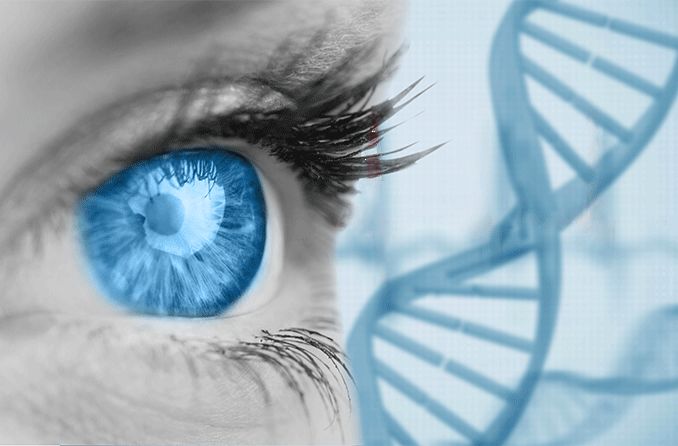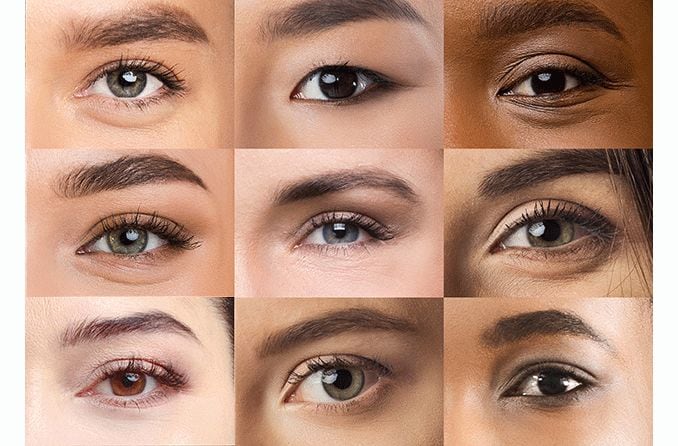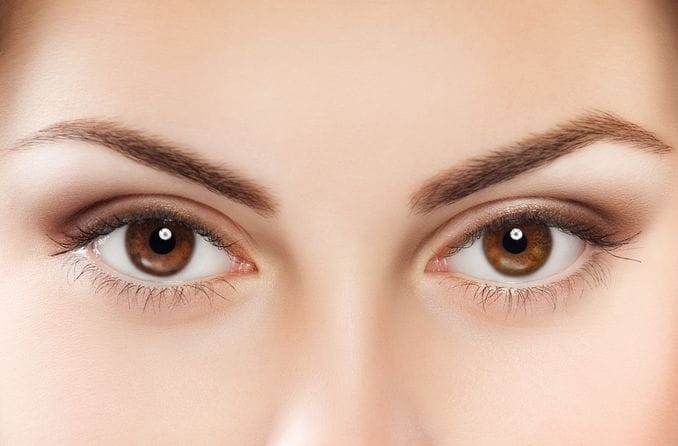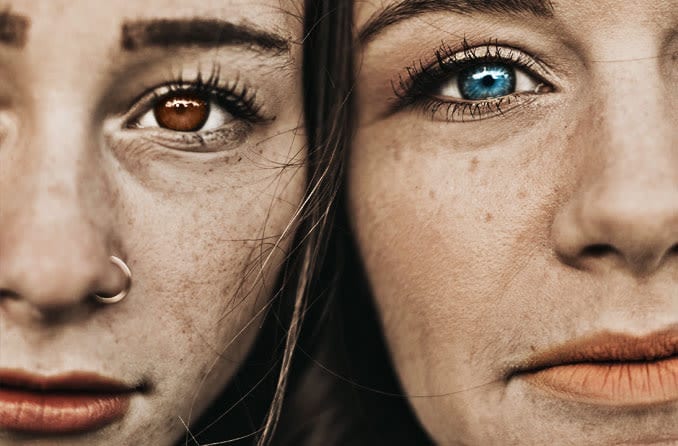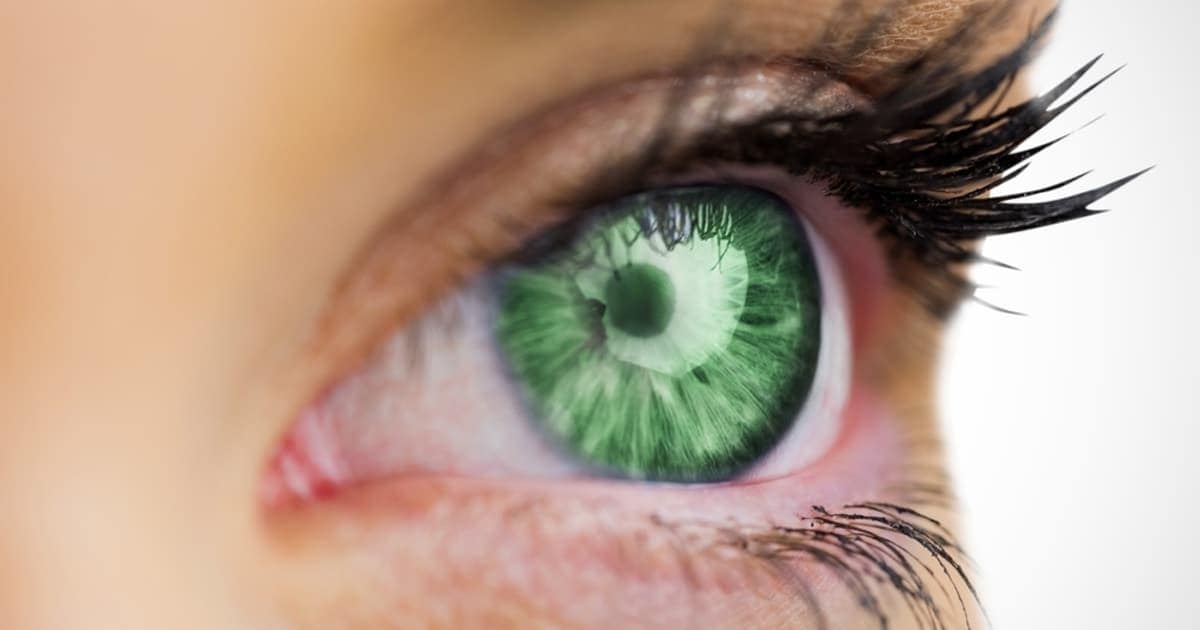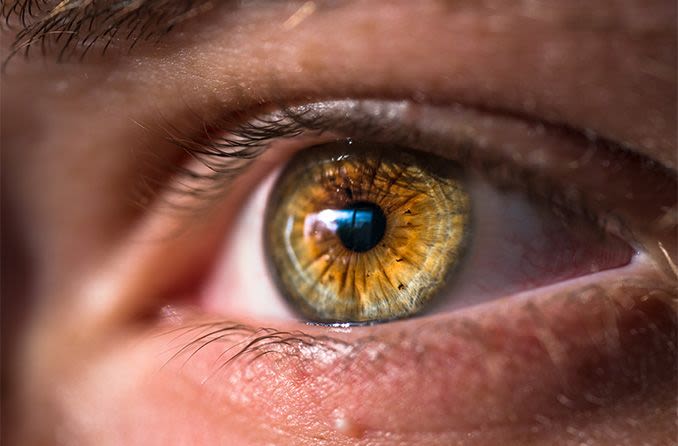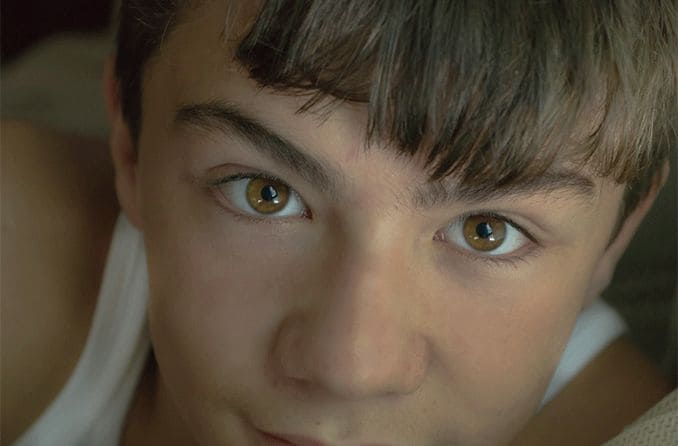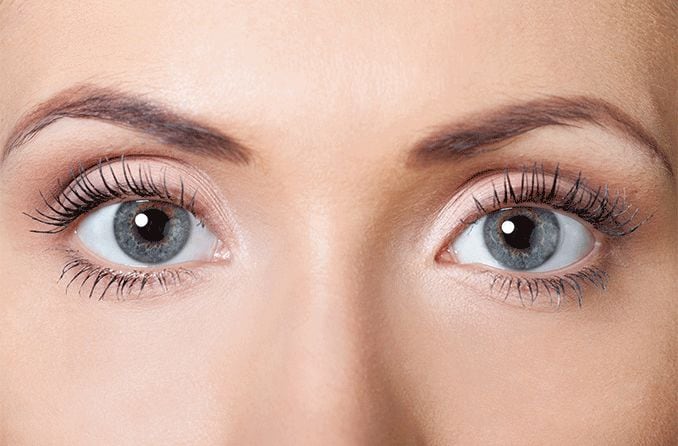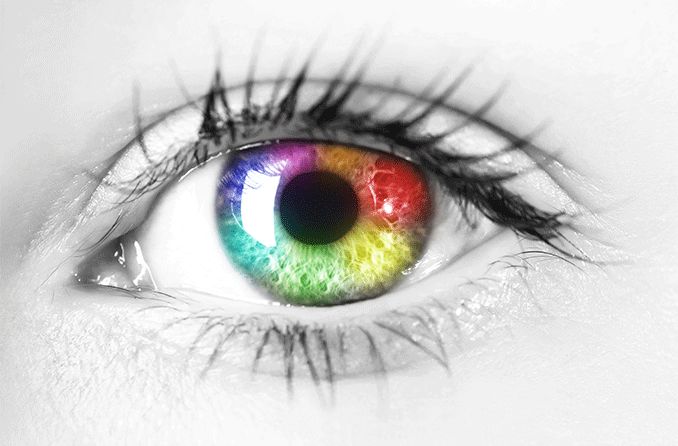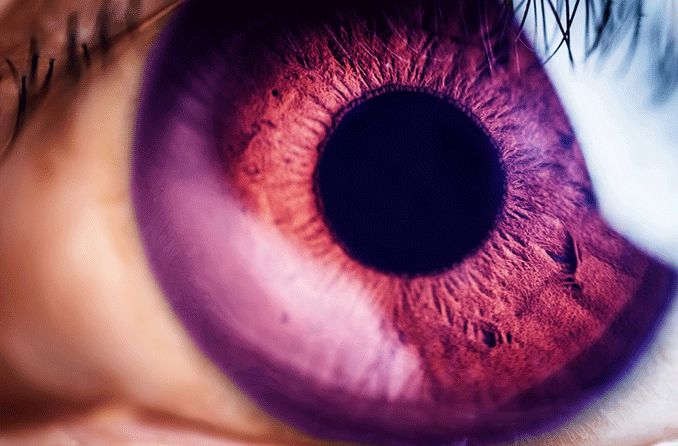What color eyes will my child have?
There’s no guarantee when it comes to your offspring’s eye color. While a baby inherits half of their eye color genetics from one parent and half from the other parent, the way that the multiple genes interact also plays a role in determining eye color.
Differences in eye color are also influenced by differing amounts of melanin, the pigment responsible for eye color (plus hair color and skin tone).
For instance, many white non-Hispanic babies are born with blue eyes because they don’t have the full amount of melanin present in their irises at birth. As the child grows older, if they’ve developed slightly more melanin in their irises, they may end up with green or hazel eyes. When the iris stores a lot of melanin, the eyes will be amber (a golden brown), light brown or dark brown.
Even though you don’t know the amount of melanin your baby will have, you can still get a pretty good sense of eye color from the parents’ eye colors. As the American Academy of Pediatrics explains:
Two blue-eyed parents are likely to have a blue-eyed child, but it’s not guaranteed.
Two brown-eyed parents are likely to have a brown-eyed child. Again, it’s not guaranteed.
Two green-eyed parents are likely to have a green-eyed child, although there are exceptions.
Two hazel-eyed parents are likely to have a hazel-eyed child, although a different eye color could emerge.
If one of the grandparents has blue eyes, the odds of having a baby with blue eyes increases slightly.
If one parent has brown eyes and the other has blue eyes, the chances of having a brown-eyed or blue-eyed baby are roughly even.
The Fertility Institutes, which offers fertility services in California, New York, Utah and Mexico, offers the following odds of a baby’s eye color based on the parents’ eye colors. (Due to rounding, percentages don’t always add up to 100%.)
Both parents with brown eyes: 75% chance of baby with brown eyes, 18.8% chance of baby with green eyes, 6.3% chance of baby with blue eyes.
Both parents with blue eyes: 99% chance of baby with blue eyes, 1% chance of baby with green eyes, 0% chance of baby with brown eyes.
Both parents with green eyes: 75% chance of baby with green eyes, 25% of baby with blue eyes, 0% chance of baby with brown eyes.
One parent with brown eyes and one parent with blue eyes: 50% chance of baby with brown eyes, 50% chance of baby with blue eyes, 0% chance of baby with green eyes.
One parent with brown eyes and one parent with green eyes: 50% chance of baby with brown eyes, 37.5% chance of baby with green eyes, 12.5% chance of baby with blue eyes.
One parent with blue eyes and one parent with green eyes: 50% of chance of baby with blue eyes, 50% chance of baby with green eyes, 0% chance of baby with brown eyes.
Keep in mind that it may take six to 12 months for a baby’s true eye color to emerge, so the color you see at birth can certainly change.
SEE RELATED: Is it true all babies are born with blue eyes?
